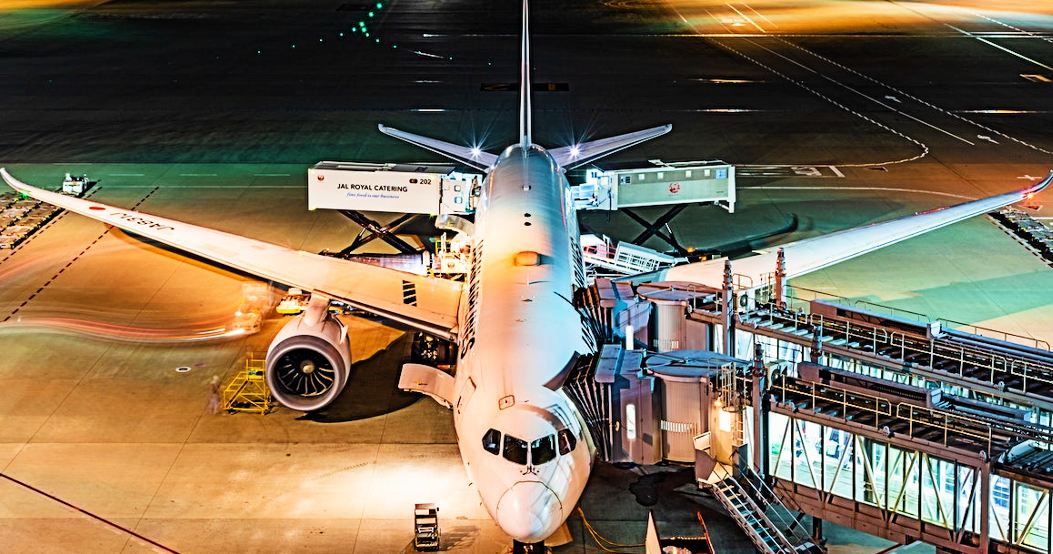The idea of flight is a prevalent passion of humans. Since at least the times of ancient greek myths, we have wanted to conquer the skies making transportation of people and goods easier. But the practical applications of flying have lifted off only with the first zeppelin at the end of the nineteen century.
We have seen more aviation news and inventions in recent decades than in thousands of years prior. Still, the aviation industry has not exhausted all its potential. We must understand how we came to supersonic aircraft and affordable air travel. Otherwise, the aviation industry’s current challenges and future will not be understood.
The Origins Of Aviation
German Airship Travel Corporation was the world’s first commercial airline that successfully conducted flights with passengers. The aircraft used was primitive by today’s standards. Their fleet consisted of several rigid, lighter-than-air airships known as zeppelins.
Due to Germany’s loss in the first world war and some fatal accidents with zeppelins, the technology has fallen out of public favor. Long-distance travel and cargo delivery were still done by more traditional methods, such as ships.
But the interest in flying was already spreading. If not for commercial purposes, then for military ones. Many inventors received funding from their governments to create effective heavier-than-air planes that could successfully make long-distance flights.
The most famous of them are the Wright brothers. They have built several kite and glider designs that attracted a large public interest in the press. After relentless testing, they were the first ones to fly a motor-operated airplane in 1903.
Five years later, they brought the first passenger, their mechanic, on board. It’s important to note that the Wright brothers did not receive large government funding or investments. Most of their inventions were patented on their own.
In general, flying as a mode of transportation was still something viewed as unpragmatic a hundred years ago. Many further achievements, such as the first successful transatlantic flight, completed by John Alcock and Arthur Brown, were needed to establish air travel as safe for cargo, such as royal mail.
Only after the second world war, once the perceptions on air travel shifted, we can find a modern aviation industry with proper clients, government support, and investors looking to make a profit.
The first airlines were partly funded by their governments. Such companies as Royal Dutch Airlines, the Russian Aeroflot, and American Airlines were seen as crucial for the economy.
Commercial aviation grew exponentially due to technological advancements too. New planes, such as Boeing 707, raised the safety and comfort of air travel to a new level. Flying with such a plane was viewed as a luxury worthy of celebration.
The advances in aircraft safety, such as improved engines and digital flight systems, reduced the number of accidents and made air travel more popular than ever. For some, air travel was an everyday reality that didn’t involve many inconveniences. But everything changed in the early 2000s.
Contemporary Challenges
September 11, 2001, marked a terrible tragedy for the United States. Three commercial planes were hijacked by terrorists and purposefully collided with the world trade center and the pentagon. The fourth one crashed in a field after a passenger revolt. This tragedy changed the aviation industry, and its effects are still felt today.
The incident resulted in a more than 30 percent reduction in air travel which has lowered the profits of the aviation industry for decades. Many governments passed laws for aviation safety. Security screenings, baggage checks, and many other measures were started.
Although, over time, all of it raised consumer trust in air travel, the convenience of pre-September 11 flying was not returning. Many airports had to change how they function, which increased the prices of air travel and lowered the competitiveness compared with other modes of transportation.
Two decades later, the aviation industry faces another downturn in public perception. The Covid-19 pandemic has introduced health checks, disrupted supply chains for aircraft parts, and, perhaps most importantly, reduced the demand for air travel.
Consumers tried to reduce traveling by air as much as possible. The effects of it have trickled down through the aviation industry. Airports have reduced the number of planes landing, the airlines lost revenue, and aircraft manufacturers had to stop production.
On top of these issues, the modern consumer is getting more environmentally minded. Airplanes have a carbon footprint almost a hundred times larger than a train. Unfortunately, the aviation industry hasn’t put much effort into finding ways to reduce this harm.
But as in many technology-driven fields, we can expect to overcome new challenges through innovations. So it’s also important to understand where the aviation industry is heading.
The Future of Aviation
Despite the current setbacks, the demand for air travel will not disappear. However, the future aviation industry must address how it can become more accessible while staying safe and environmentally friendly.
With current trends, the number of pilots and aircraft engineers will rise dramatically. We should expect to see innovations that can help reduce the training time of such specialists, as well as make them more efficient.
Another important path for the aviation industry is finding more efficient planes. They must become lighter, quieter, and less polluting. This demand comes from the fact that all important urban areas are close to airports. Inefficient aircraft can impact our livelihood negatively.
Conclusion
No one can be certain about the future of the aviation industry. But from the first flights of the Wright brothers and the challenges of 9/11 and covid-19 outbreak, we can see that it is strongly associated with public trust. If flights are perceived as safe and environmentally friendly, the future will be bright.



